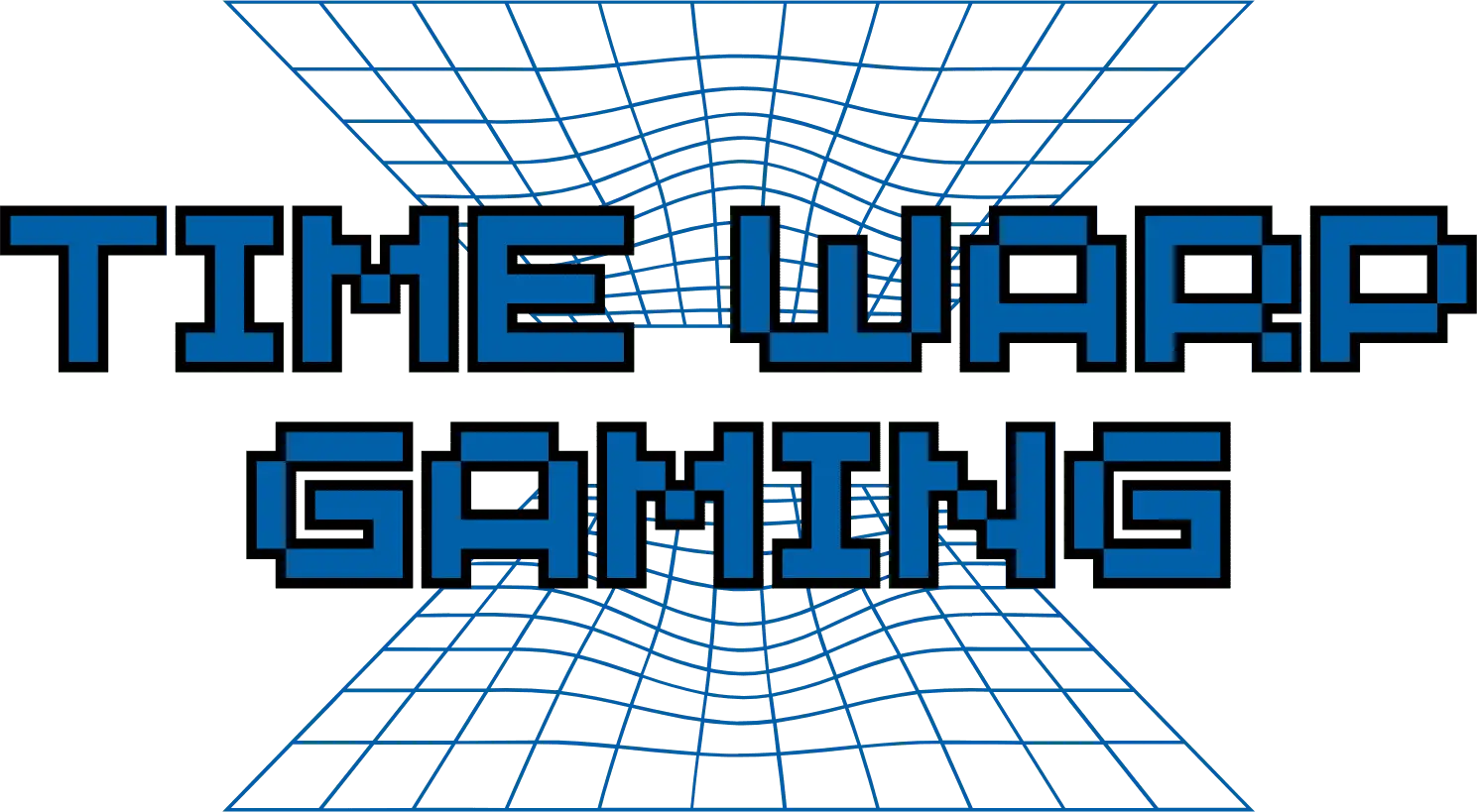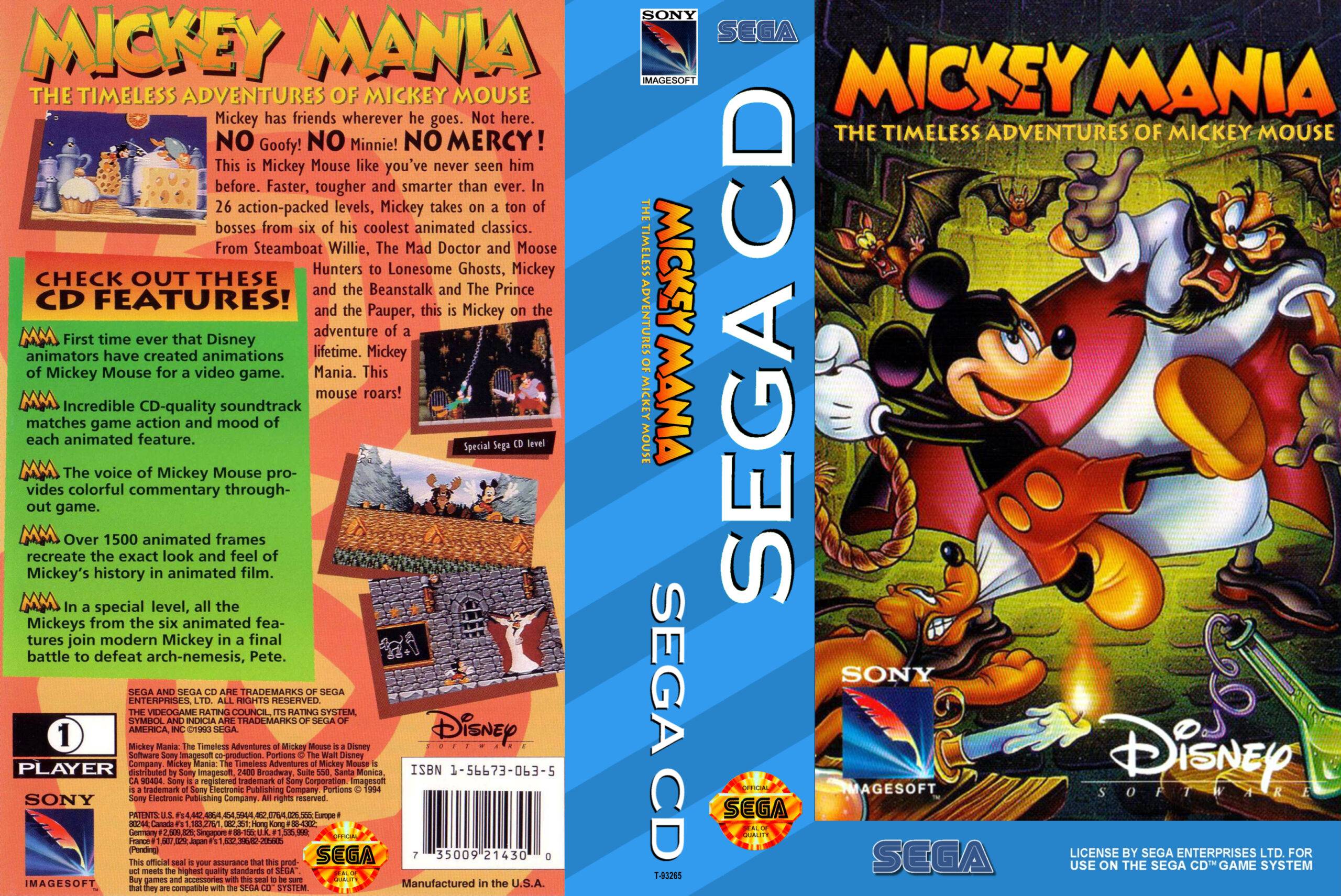Intro:
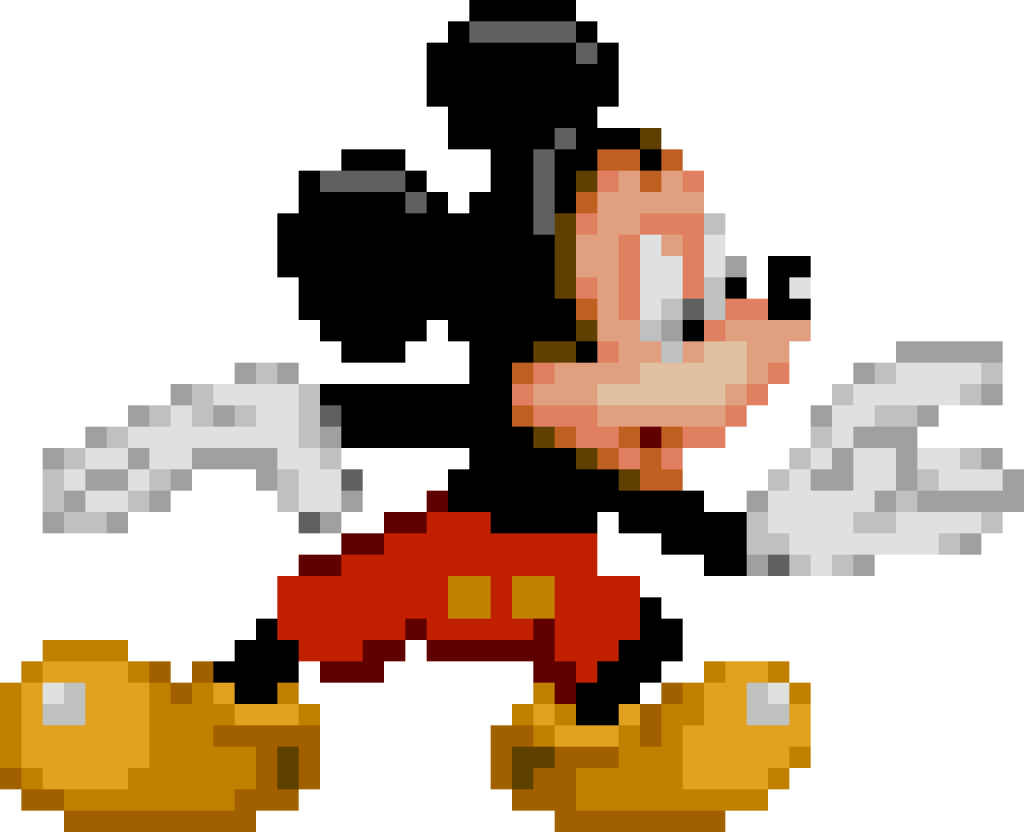
Mickey Mania: The Timeless Adventures of Mickey Mouse is a platform video game released in 1994, developed by Traveller’s Tales and published by Sony Imagesoft. Available on the Super NES, Sega Genesis, and Sega CD, the game lets players control Mickey Mouse as he navigates side-scrolling levels inspired by classic Mickey Mouse cartoons.
| Release Dates | NA: 26 October 1994 EU: 28 October 1994 JP: 31 March 1995 |
| Genre | Platformer |
| Mode | Single Player |
| Developers | Traveller’s Tales |
| Publishers | Sony Imagesoft |
| Designers | Jon Burton Andy Ingram Mike Giam David Jaffe |
| Composers | Andy Blythe Marten Joustra Matt Furniss Michael Giacchino |
| Platforms: | Super NES Sega Genesis Sega CD PlayStation |
| Box Art | 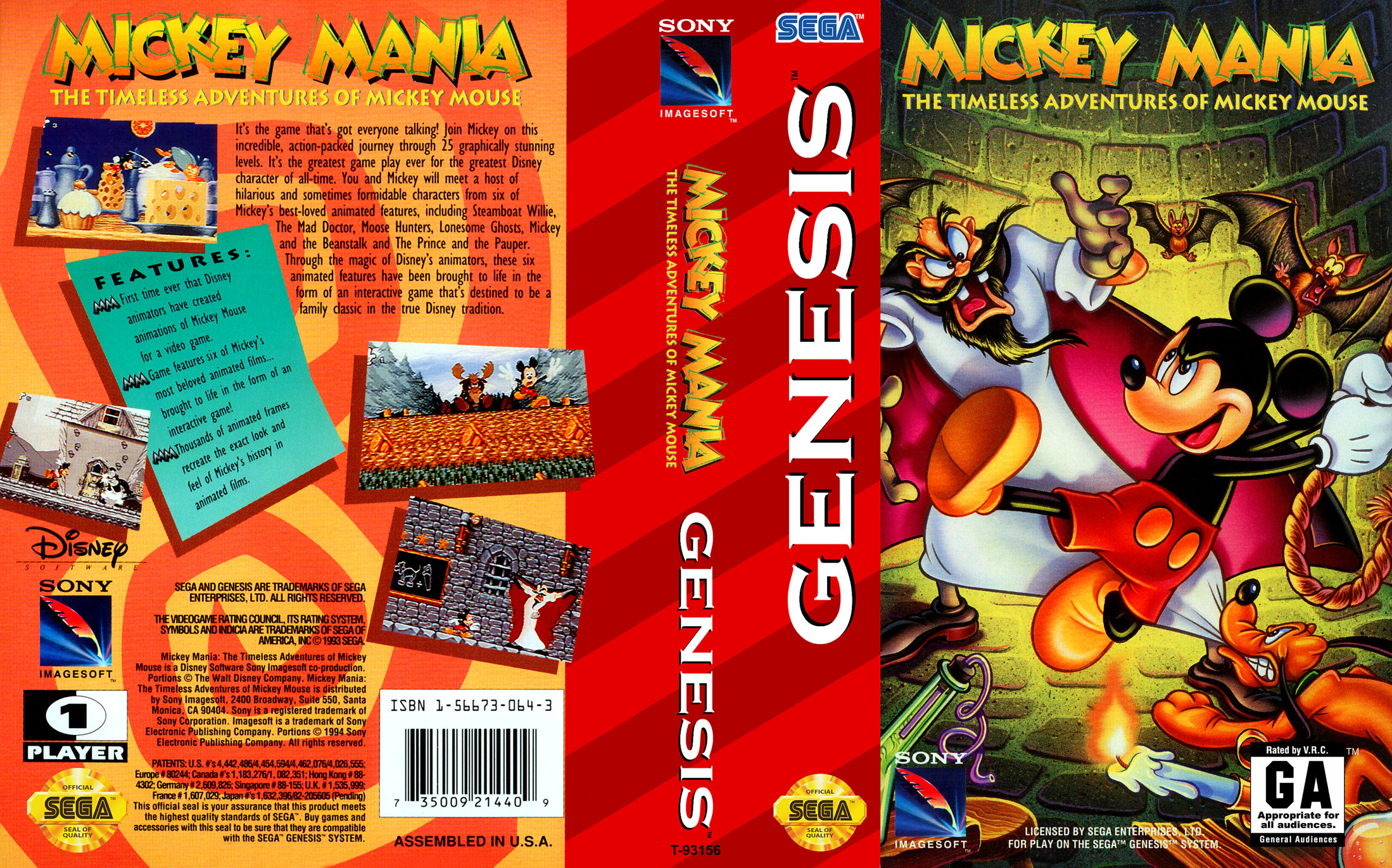 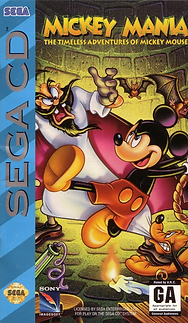 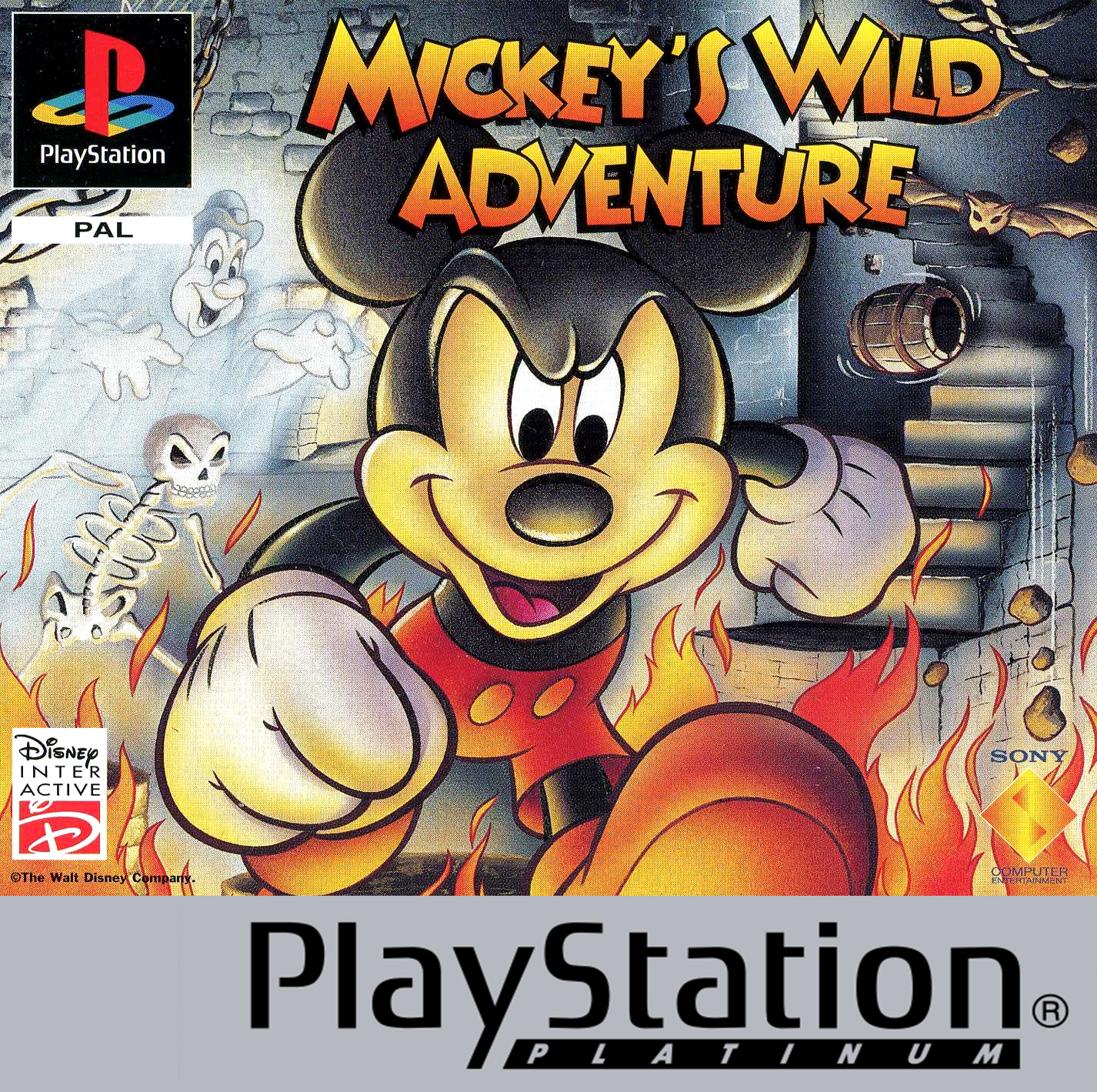 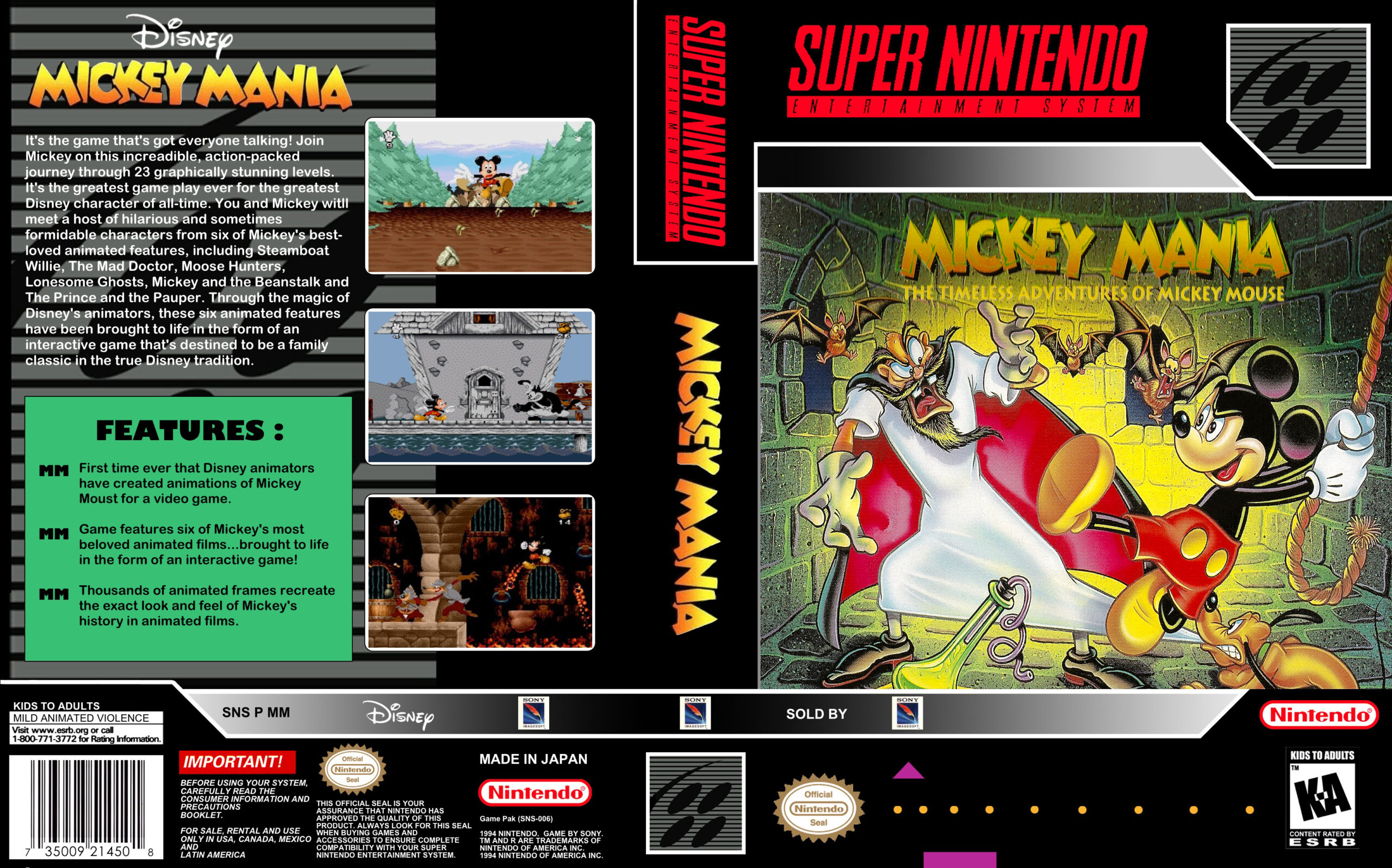 |
Gameplay:
Mickey Mania is a platformer where players take control of Mickey Mouse, navigating through levels inspired by his iconic cartoon appearances. The journey spans from his debut in Steamboat Willie to later works like The Prince and the Pauper.
Mickey defeats enemies by either jumping on them or using collectible marbles, which are available in limited quantities throughout the levels. His health, represented by up to five fingers on his hand, can be restored by gathering stars, while extra lives are earned by finding Mickey-shaped hats.
The game includes various challenges, such as solving puzzles, dodging a charging moose, and escaping a collapsing staircase engulfed in flames.
Each level is uniquely themed after the following classic Mickey Mouse cartoons.
Steamboat Willie (1928)
The Mad Doctor (1933)
The Band Concert (1935) (not included in the SNES version)
Moose Hunters (1937)
Lonesome Ghosts (1937)
Mickey and the Beanstalk (1947)
The Prince and the Pauper (1990)
Development:
Mickey Mania was initially envisioned as a project to celebrate Mickey’s 65th anniversary in 1993. However, the tight six-month timeline prompted a shift in focus toward a more engaging idea: Mickey traveling through time to revisit and participate in events from his classic cartoons. The game serves as a tribute to Mickey’s early animated adventures and marked the first design project for David Jaffe.
Following the success of Mickey Mania, plans for a sequel began to take shape. However, development was eventually shelved as the team at Traveller’s Tales shifted their attention to creating a game inspired by the upcoming movie Toy Story.
Here is footage from the canceled Mickey Mania 2
Version differences:
The SNES version of the game excludes several features found in other versions, such as the hidden Band Concert stage, the staircase sequence in the Mad Doctor level, certain visual effects, some of Pluto’s appearances, and specific level-ending cutscenes. It also introduces loading screens between areas.
The Sega CD and PlayStation versions expand the Mad Doctor level, adding a humorous sequence where the villain is turned into a baby. Additionally, the Prince and the Pauper stage includes a new segment where Mickey collects pencils to summon help from other Mickeys from previous levels to confront Pete. These versions also include more dialogue for Mickey that relates to the game’s events.
The Genesis version, while retaining much of the core gameplay, omits a hidden area at the end of the first stage. The PlayStation release features upgraded visuals, redesigned character sprites, 3D-rendered sequences like the staircase scene, and a new segment in the Mickey and the Beanstalk level where Mickey must escape from Willie the Giant. Interestingly, although Willie is mentioned in the instruction manuals for all versions, he only appears in the PlayStation release.
The Sega CD and PlayStation versions also feature a CD-quality soundtrack composed by Andy Blythe and Marten Joustra, with additional contributions by Michael Giacchino.
